Most recently published
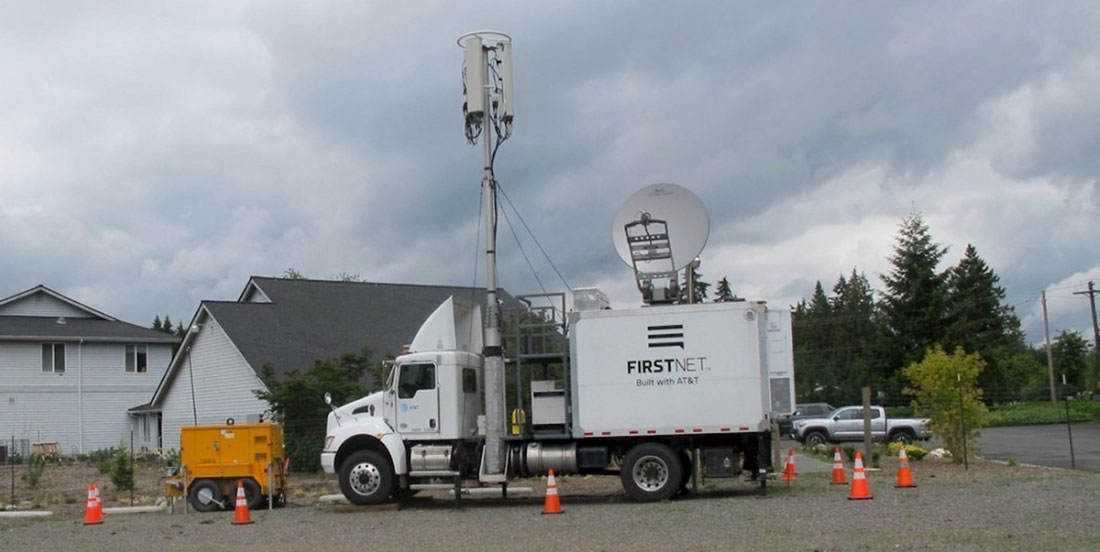
Tribal Nations Test Their Communications Capabilities
Bruce Fitzgerald
September 22, 2022
A 9.0-magnitude earthquake is a predictable scenario along the Cascadia Subduction Zone. This article describes how the tribal nations in the Pacific Northwest are preparing their region for this catastrophic event. This exercise allowed tribal and non-tribal participants to evaluate their resources and test their communications capabilities.
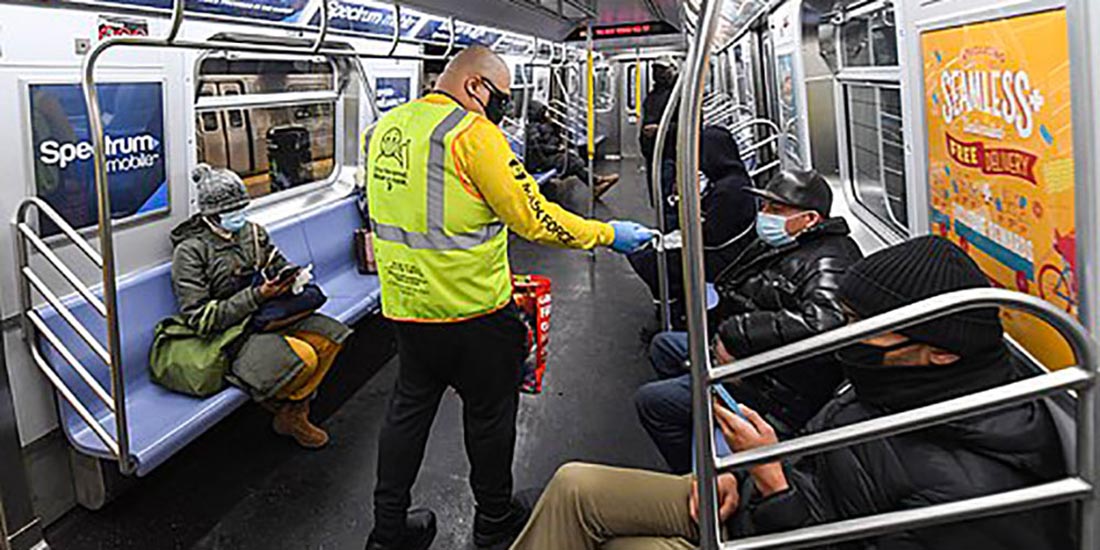
Building Resource Capacity – Start Now
Andrew (Andy) Altizer and Timothy S. Murphy
September 21, 2022
Building resource capacity involves research, planning, and execution that should begin now. Identifying potential dangers, considering “what if” scenarios, capitalizing on other events and incidents, and overcoming barriers are key components for building resilient communities. This article explains how to get started.

Respecting Tribal Emergency Management
John Pennington
September 14, 2022
Emergency management professionals tend to exhibit what they routinely advocate within their respective communities – resilience. As the field of emergency management continues to evolve, its leaders and their organizations must adjust and adapt to more than just response scenarios. They are expected to speak to the still lingering questions of
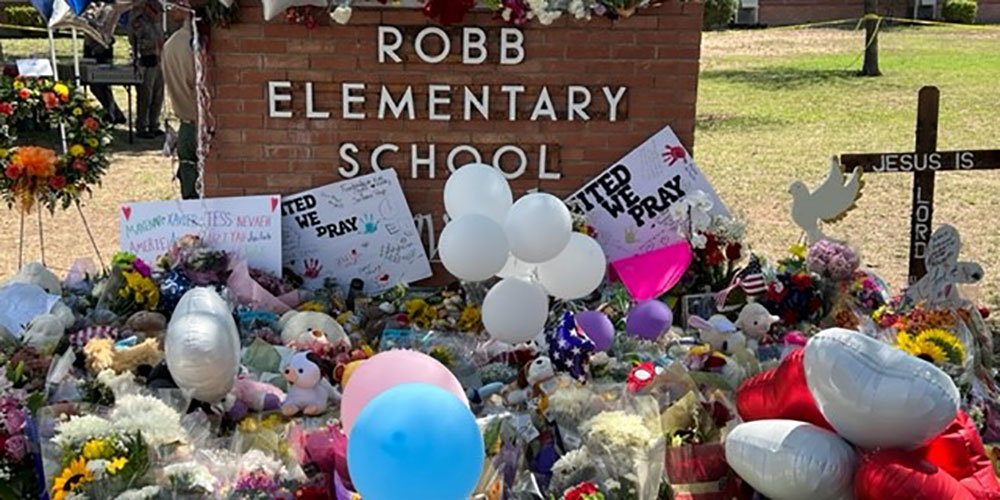
Uvalde Shooting – A Predictable Surprise
William H. Austin
September 14, 2022
When intentional acts of violence occur, people often wonder if the incident was preventable. For example, after a mass shooting killed 19 students and 2 teachers in Uvalde, Texas, on May 24, 2022, many were questioning the predictability of the gunman’s actions and the decision-making process of the responders. This
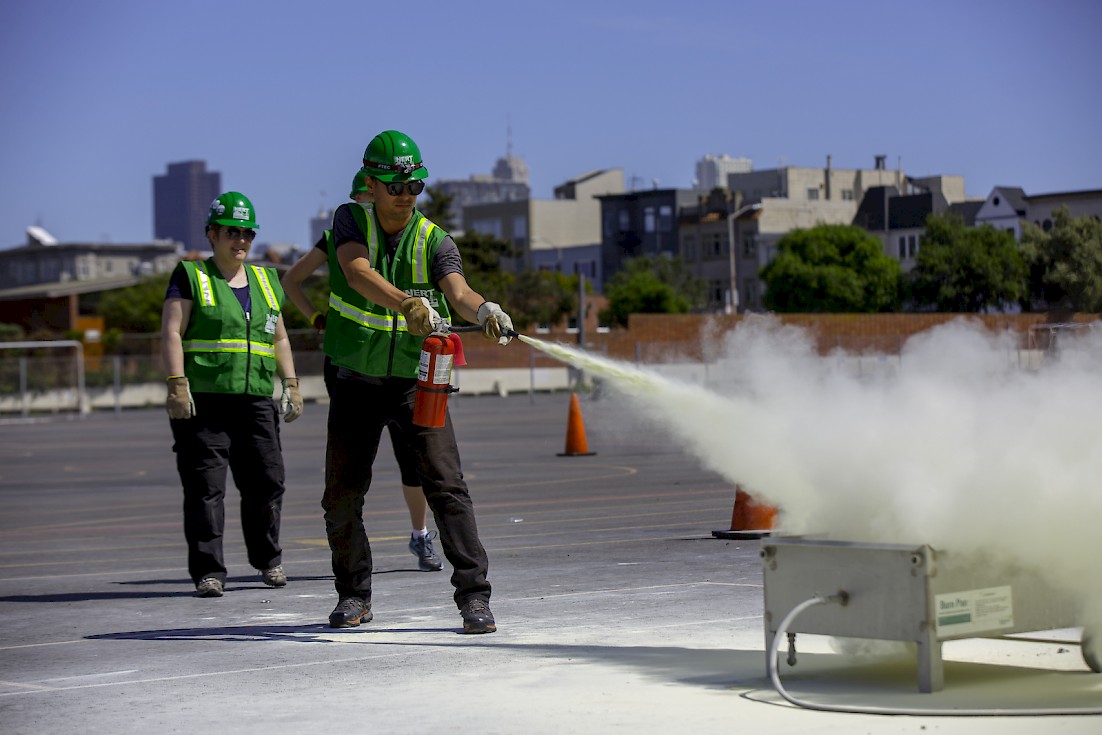
Credentialing a Nation’s Volunteer Responder Network
Patty Ridings
September 7, 2022
Catastrophic earthquakes and a desire for residents to help their neighbors inspired the creation of Community Emergency Response Teams (CERT). Since its creation in 1986, CERT has become a nationwide program that continues to evolve. This article describes how a new digital solution is closing the credentialing gap between citizen
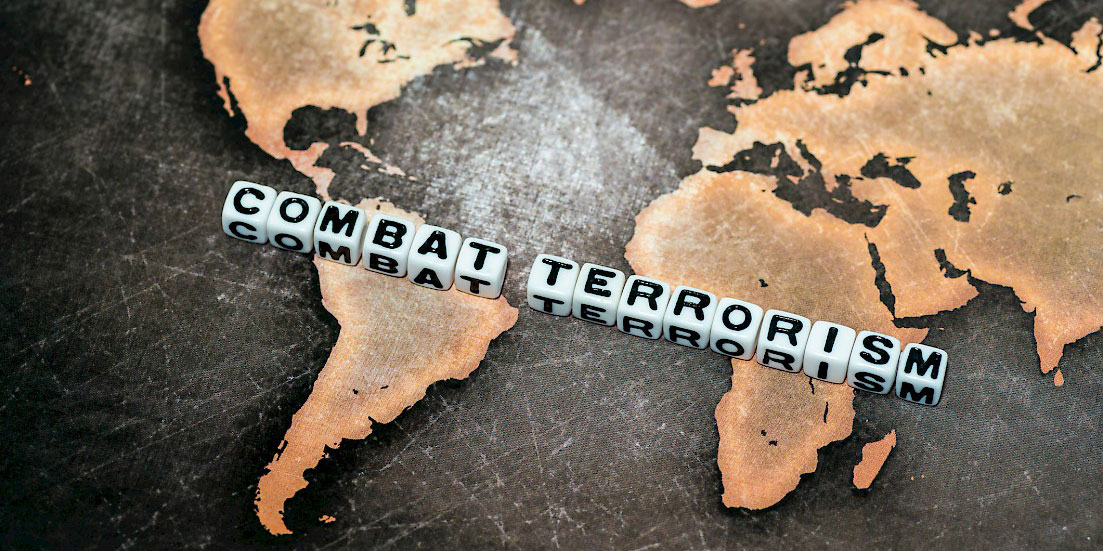
Strategic Depth & the Fight Against Violent Extremism
Richard Schoeberl and Cochran Pruett
September 7, 2022
Despite the deaths of Islamic State and al-Qaida leadership, violent extremism is not gone. This article describes why, despite recent successful strikes against terrorist groups, intelligence agencies and others tasked with protecting their communities must stay vigilant. More strategic depth is needed to help reduce the possibility of the extremist
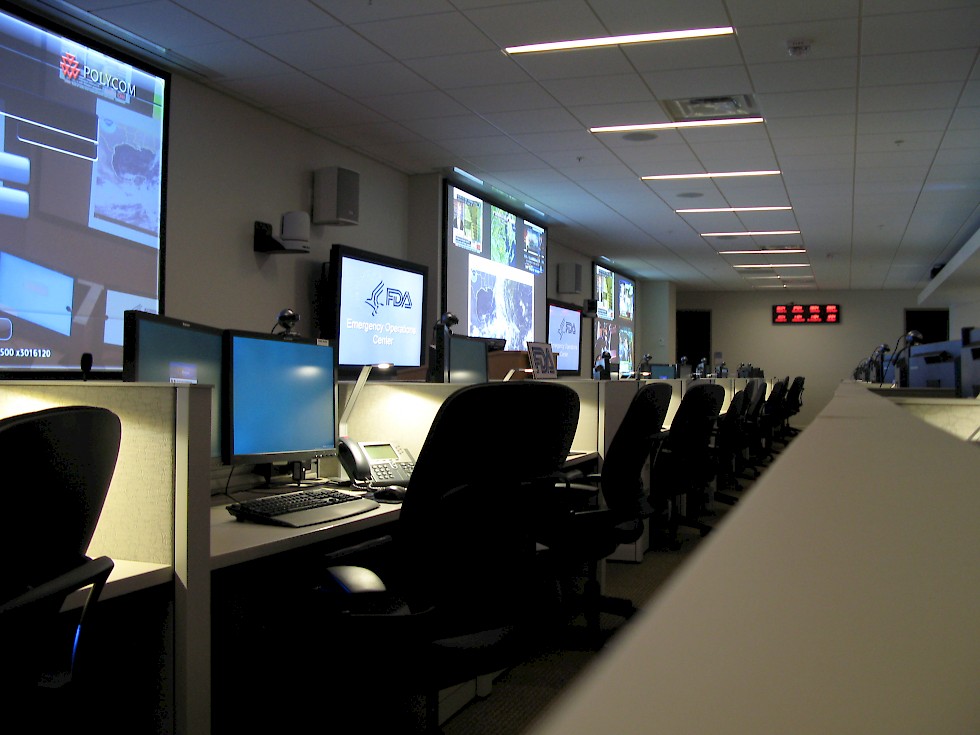
Successful Application – Virtual Emergency Operations Center
Judy Kruger and Kyle R. Overly
August 24, 2022
Before 2019, partner agencies coordinated incident command primarily from a physical emergency operations center (EOC). This practice shifted to virtual EOCs during the COVID-19 pandemic for many agencies. Virtual EOCs can effectively address community needs through all phases of consequence management. Emergency management and partner agencies have found virtual on-scene

How Natural Disasters Exacerbate Human Trafficking
Lindsey Lane and Hailey York
August 24, 2022
Human trafficking is the world’s second-largest criminal industry. In the wake of natural disasters, the risk to vulnerable populations rises. This article informs preparedness and response professionals on how to better protect their communities and prepare their workforces to identify the signs of human trafficking, understand recruiting methods, consider pre-existing

There Was a Pandemic Strategy and Plan
Robert C. Hutchinson
August 17, 2022
Effective trainings are ones where the participants remember and later implement what they learned into their daily operations. Not everyone knows how they would respond in a true emergency. However, some trainings provide a more realistic glimpse into disaster scenarios than others. This first-hand account describes what it was like
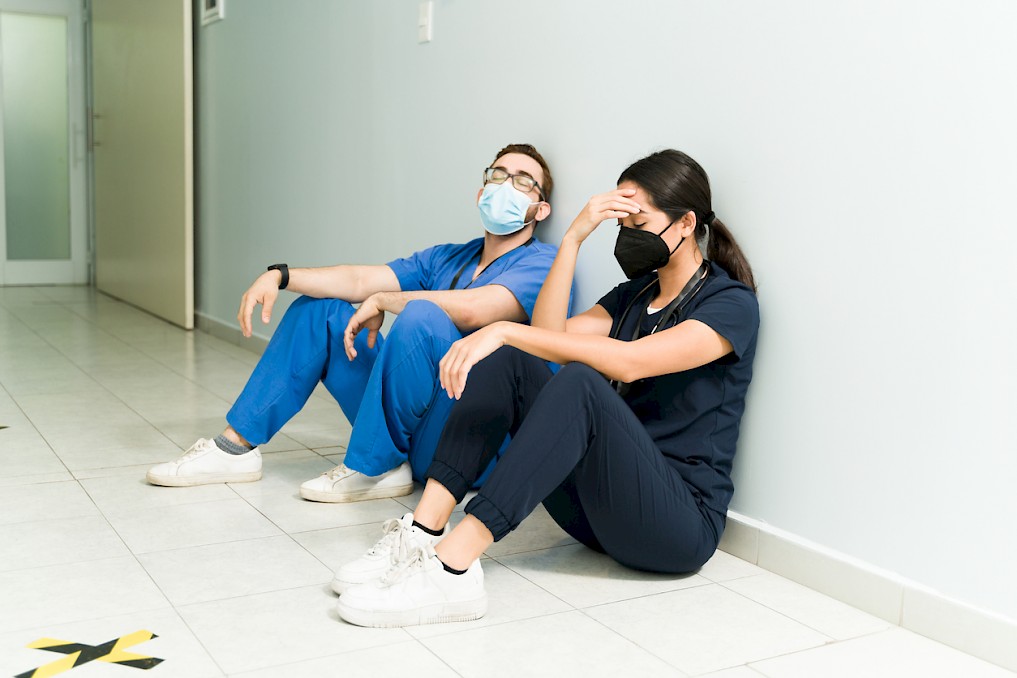
Reduce Burnout & Increase Retention in Emergency Management
Kesley Richardson
August 10, 2022
In emergency management (EM), the landscape of incoming professionals is evolving from second-career professionals to first-career college graduated practitioners. This change spotlights the difference between management and leadership and its effects on the retention and burnout of professionals. EM professionals see growth in organizations, with “projected growth between 2016 and
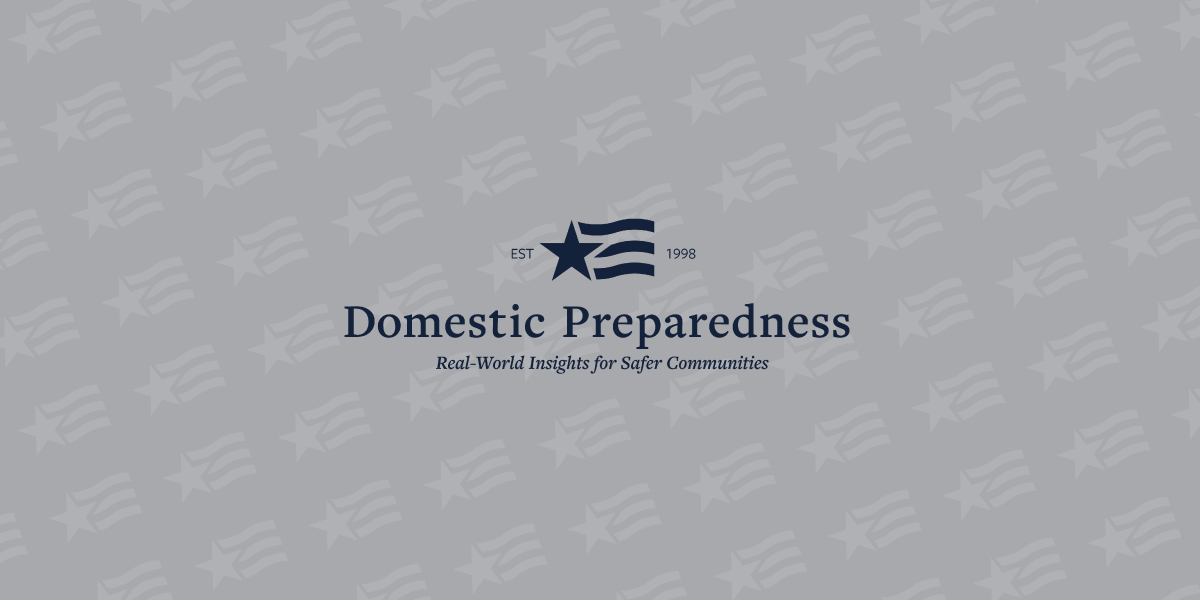
The Expanding Role of Tactical Medicine
Ian Pleet
August 10, 2022
Effective trainings are ones where the participants remember and later implement what they learned into their daily operations. Not everyone knows how they would respond in a true emergency. However, some trainings provide a more realistic glimpse into disaster scenarios than others. This first-hand account describes what it was like
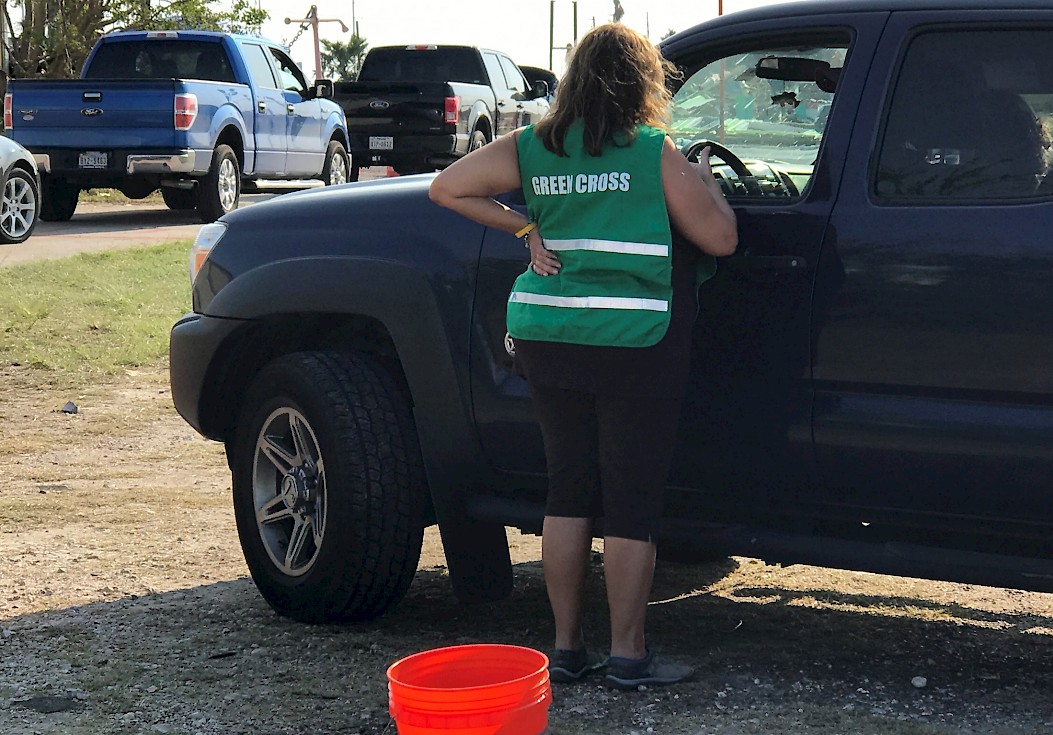
Wanted: Mental Health Support for Disaster Trauma
Mary McNaughton-Cassill, Mary Schoenfeldt and Ruth Baugher Palmer
August 3, 2022
Disaster response organizations have become increasingly adept at meeting the basic needs of survivors, including shelter, food, water, and medical treatment. However, traumatic disaster-related experiences – including threats to life, exposure to death and injury, and the destruction of homes and communities – also take a psychological toll on survivors. Common responses to
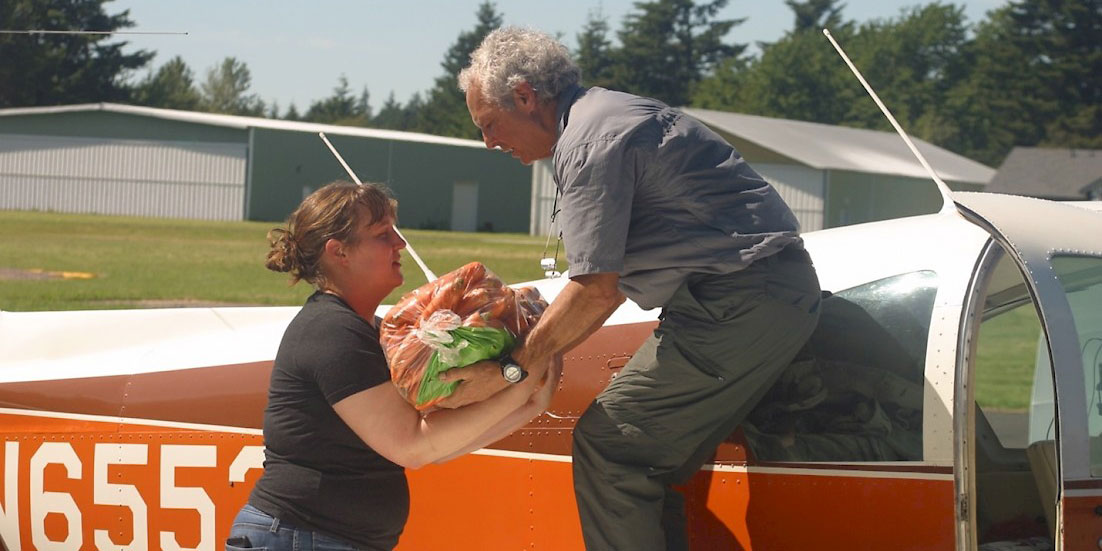
Taking Flight – Creating a Robust Aviation Response, Part 1
James Origliosso and Sky Terry
September 28, 2022
General aviation pilots have been finding ways to assist their communities during emergencies and disasters for many years. However, over the past two years, significant advances in disaster preparedness have been made as emergency response plans were created and exercised to integrate volunteer aviation response into other community response efforts.

Tribal Nations Test Their Communications Capabilities
Bruce Fitzgerald
September 22, 2022
A 9.0-magnitude earthquake is a predictable scenario along the Cascadia Subduction Zone. This article describes how the tribal nations in the Pacific Northwest are preparing their region for this catastrophic event. This exercise allowed tribal and non-tribal participants to evaluate their resources and test their communications capabilities.

Building Resource Capacity – Start Now
Andrew (Andy) Altizer and Timothy S. Murphy
September 21, 2022
Building resource capacity involves research, planning, and execution that should begin now. Identifying potential dangers, considering “what if” scenarios, capitalizing on other events and incidents, and overcoming barriers are key components for building resilient communities. This article explains how to get started.

Respecting Tribal Emergency Management
John Pennington
September 14, 2022
Emergency management professionals tend to exhibit what they routinely advocate within their respective communities – resilience. As the field of emergency management continues to evolve, its leaders and their organizations must adjust and adapt to more than just response scenarios. They are expected to speak to the still lingering questions of

Uvalde Shooting – A Predictable Surprise
William H. Austin
September 14, 2022
When intentional acts of violence occur, people often wonder if the incident was preventable. For example, after a mass shooting killed 19 students and 2 teachers in Uvalde, Texas, on May 24, 2022, many were questioning the predictability of the gunman’s actions and the decision-making process of the responders. This

Credentialing a Nation’s Volunteer Responder Network
Patty Ridings
September 7, 2022
Catastrophic earthquakes and a desire for residents to help their neighbors inspired the creation of Community Emergency Response Teams (CERT). Since its creation in 1986, CERT has become a nationwide program that continues to evolve. This article describes how a new digital solution is closing the credentialing gap between citizen

Strategic Depth & the Fight Against Violent Extremism
Richard Schoeberl and Cochran Pruett
September 7, 2022
Despite the deaths of Islamic State and al-Qaida leadership, violent extremism is not gone. This article describes why, despite recent successful strikes against terrorist groups, intelligence agencies and others tasked with protecting their communities must stay vigilant. More strategic depth is needed to help reduce the possibility of the extremist

Successful Application – Virtual Emergency Operations Center
Judy Kruger and Kyle R. Overly
August 24, 2022
Before 2019, partner agencies coordinated incident command primarily from a physical emergency operations center (EOC). This practice shifted to virtual EOCs during the COVID-19 pandemic for many agencies. Virtual EOCs can effectively address community needs through all phases of consequence management. Emergency management and partner agencies have found virtual on-scene

How Natural Disasters Exacerbate Human Trafficking
Lindsey Lane and Hailey York
August 24, 2022
Human trafficking is the world’s second-largest criminal industry. In the wake of natural disasters, the risk to vulnerable populations rises. This article informs preparedness and response professionals on how to better protect their communities and prepare their workforces to identify the signs of human trafficking, understand recruiting methods, consider pre-existing

There Was a Pandemic Strategy and Plan
Robert C. Hutchinson
August 17, 2022
Effective trainings are ones where the participants remember and later implement what they learned into their daily operations. Not everyone knows how they would respond in a true emergency. However, some trainings provide a more realistic glimpse into disaster scenarios than others. This first-hand account describes what it was like

Reduce Burnout & Increase Retention in Emergency Management
Kesley Richardson
August 10, 2022
In emergency management (EM), the landscape of incoming professionals is evolving from second-career professionals to first-career college graduated practitioners. This change spotlights the difference between management and leadership and its effects on the retention and burnout of professionals. EM professionals see growth in organizations, with “projected growth between 2016 and

The Expanding Role of Tactical Medicine
Ian Pleet
August 10, 2022
Effective trainings are ones where the participants remember and later implement what they learned into their daily operations. Not everyone knows how they would respond in a true emergency. However, some trainings provide a more realistic glimpse into disaster scenarios than others. This first-hand account describes what it was like
Creating a Common Operating Picture for Wildfire Season
Akshay Birla
July 27, 2022
Life is beginning to return to normal following the past two years of the pandemic, but the world is still as unpredictable as ever. When it seems as though one catastrophic situation is coming to an end, another tends to emerge as the newest public safety issue. One set of
Societal Violence & Its Impact on Critical Infrastructure
Nathan DiPillo and Tim Scarrott
July 27, 2022
The “new normal” following the COVID-19 outbreak is still evolving. Although some people have welcomed the relief from many years of commuting and focused on personal growth and time with family, others have become disenfranchised, isolated, depressed, or lack purpose and empathy. As the United States reels from the recent
Four Takeaways From the Nashville Christmas Bombing
Robert F. Kelly and Dean C. Alexander
July 20, 2022
The Nashville Christmas bombing provides valuable lessons about targeted violence incidents. This research on pre-attack indicators shares four key takeaways for law enforcement and other preparedness professionals to understand regarding lone wolf and leaderless resistance attacks. Knowing other pre-attack indicators may help thwart a future attack even when the motive
Teleforensic Tools – From Telemedicine to Law Enforcement
Michael Melton
July 20, 2022
Telemedicine capabilities have become valuable medical tools to provide life-saving treatment to patients where and when needed. Similarly, off-site skills and knowledge can be transferred to on-site law enforcement personnel through teleforensics to identify and thwart threats, while increasing crime clearances. This article describes how expanding capabilities, identifying needs, delivering
Public Health Preparedness– Finding Its Path Forward
Raphael M. Barishansky
July 13, 2022
Public health preparedness has emerged and matured as a distinct discipline since the events of 9/11 and the subsequent Ameri-thrax attacks. Although, in the past, public health agencies were pushed to the forefront of various emergencies, the planning and infrastructure for public health emergency response were not funded and not
Making Communications a Predictable Lifeline Solution
Charles J. Guddemi
July 13, 2022
Community lifelines ensure that businesses and the government can continue functioning and society can thrive. However, a breakdown in daily operations is inevitable when one or more lifeline is lost. In communications, this means a disruption in technology that has become interwoven into societal norms – talking, texting, data transfer,
How The Best Get Better: Partnerships & A Trifecta Disaster
Judy Kruger and Scott Harris
June 21, 2022
Japan is more prepared for future disasters due to communications and annual investments into exercises and drills with local and international partners. Tokyo Disney Resort leveraged private-public partnerships to increase preparedness in employees, guests, business services, critical infrastructure facilities, and government stakeholders to manage future disruptions caused by natural disasters.
Public Safety Grant Programs Changes – A 10-Year Review
Kurt Bradley
June 15, 2022
Article Out Loud Change is inevitable. As society continues to progress in the “digital age,” so has applying for various federal grant programs. It is becoming almost impossible to apply to these programs via a paper application, as in the past. To remain competitive when applying for these grants, it
The Risk-Based Approach to Hazardous Material/WMD Incidents
Tony Mussorfiti
June 8, 2022
Low-frequency, high-consequence events are rare, emergency responders still need to be able to evaluate these complex problems and determine initial actions. To avoid being overwhelmed and increasing the risks to both responders and civilians, emergency responders need to be able to quickly identify all potential hazards, then predict the outcome
Crowd Behavior & Elaborated Social Identity Modeling
Robert Leverone
May 25, 2022
Law enforcement agencies are tasked with protecting life and safety as well as the civil liberties of those within their jurisdictions. Crowds present even more complex and dynamic scenarios. However, this research on crowd psychology can help law enforcement officers navigate these complexities on an operational level. Being able to
Stop the Bleed Training for Immediate Responders
Andrew (Andy) Altizer
May 18, 2022
When an injury causes a life-threatening bleed, minutes matter. There may not be enough time for first responders to arrive on the scene, so immediate responders are needed. Knowing how to respond to this type of injury and being able to stop the bleeding are skills that everyone should learn.
Suburban Fire Operations: Five Lessons Learned
Randall W. Hanifen
May 11, 2022
From small fire companies covering large areas of rural land to large fire departments covering highly populated urban cities, suburban fire departments are tasked with a mixture of both. One firefighter who has spent his career in a suburban fire department shares the five key lessons he has learned throughout
Follow Us
Get Instant Access
Subscribe today to Domestic Preparedness and get real-world insights for safer communities.


